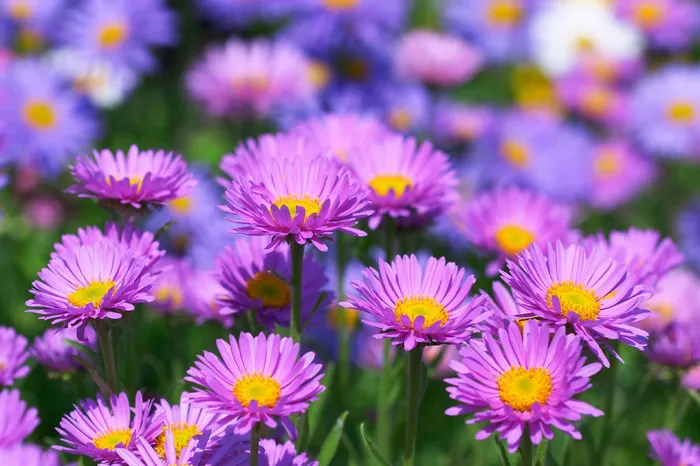In the intricate dance of nature, bees play a vital role as pollinators, facilitating the reproduction of countless plant species. Central to this relationship is the bees’ remarkable ability to find flowers efficiently. While this process may seem straightforward, it involves a complex interplay of sensory mechanisms, learned behaviors, and innate instincts. Understanding how bees find flowers sheds light not only on their fascinating biology but also on the broader dynamics of pollination ecology. In this article, we delve into the precise mechanisms employed by bees in their quest for floral resources.
Sensory Systems: Navigating the Floral Landscape
Bees possess a sophisticated array of sensory systems that enable them to detect flowers from afar.
- Vision: Bees have compound eyes capable of detecting ultraviolet light, which many flowers reflect prominently. This adaptation allows bees to perceive floral patterns and colors that are invisible to human eyes, aiding in flower recognition.
- Olfaction: The sense of smell is crucial for bees in locating flowers. They possess highly sensitive antennae that detect floral scents, often from several kilometers away. The unique chemical signatures emitted by flowers serve as olfactory cues guiding bees to their destination.
- Mechanoreception: Bees can also sense the vibrations produced by flowers, particularly those with large, tubular shapes. This ability helps bees locate flowers by detecting the subtle movements caused by the wind or the foraging activities of other bees.
Dance of the Foragers: Communication and Exploration
Bee colonies rely on efficient foraging strategies to optimize resource collection.
- Waggle Dance: Within the hive, forager bees perform intricate dances to communicate the location of profitable floral resources. The waggle dance conveys information about the distance, direction, and quality of the discovered flowers, enabling other bees to navigate directly to the source.
- Scouting Behavior: Individual bees engage in exploratory flights, surveying the surrounding landscape for promising floral patches. Through trial and error, bees learn to associate specific landmarks, such as distinctive odors or visual cues, with the presence of flowers, enhancing their foraging efficiency.
Memory and Learning: Fine-Tuning Foraging Strategies
Bees exhibit remarkable cognitive abilities, allowing them to adapt their foraging behavior based on past experiences.
- Spatial Memory: Bees possess a sophisticated spatial memory that enables them to remember the locations of rewarding floral resources. Through repeated visits to familiar flower patches, bees optimize their foraging routes, minimizing travel time and energy expenditure.
- Associative Learning: Bees can quickly learn to associate certain floral traits, such as color, shape, or scent, with the presence of nectar or pollen rewards. This associative learning enables bees to recognize novel flower species that offer similar rewards to familiar ones, expanding their foraging repertoire.
Temporal Dynamics: Foraging Patterns and Seasonal Variation
Bee foraging behavior is influenced by temporal factors, including daily and seasonal changes in floral availability.
- Diurnal Foraging: Bees are predominantly diurnal foragers, with peak activity during daylight hours when flowers are most accessible and nectar production is optimal. Their visual and olfactory senses are finely tuned to operate effectively in daytime conditions.
- Seasonal Shifts: Bee foraging patterns vary seasonally in response to fluctuations in floral abundance and diversity. As different plant species bloom throughout the year, bees adjust their foraging preferences accordingly, prioritizing the most abundant and rewarding flowers available.
Environmental Cues and Navigation Strategies
Bees rely on a diverse array of environmental cues and navigation strategies to locate flowers in their surroundings.
- Solar Compass: Bees navigate using a solar compass, orienting themselves relative to the position of the sun. This celestial navigation allows bees to maintain a consistent heading even in complex environments, ensuring efficient foraging trips.
- Landmark Recognition: Bees utilize prominent landmarks, such as trees, buildings, or geographical features, to orient themselves and navigate between floral patches. By memorizing spatial relationships between landmarks and flower locations, bees create cognitive maps of their foraging terrain.
- Polarized Light: Bees can detect polarized light patterns in the sky, which remain stable even under cloudy conditions. This ability serves as an additional navigational cue, complementing their reliance on the sun’s position for orientation.
Conclusion
The ability of bees to find flowers with remarkable precision is a testament to the intricate interplay of sensory perception, learning, and environmental adaptation. By unraveling the mechanisms underlying bee foraging behavior, we gain insights into the fundamental principles of pollination ecology and the delicate balance of relationships that sustain ecosystems. As we continue to explore the mysteries of nature’s navigation, let us cherish the invaluable contributions of these humble yet extraordinary pollinators to the tapestry of life on Earth.


